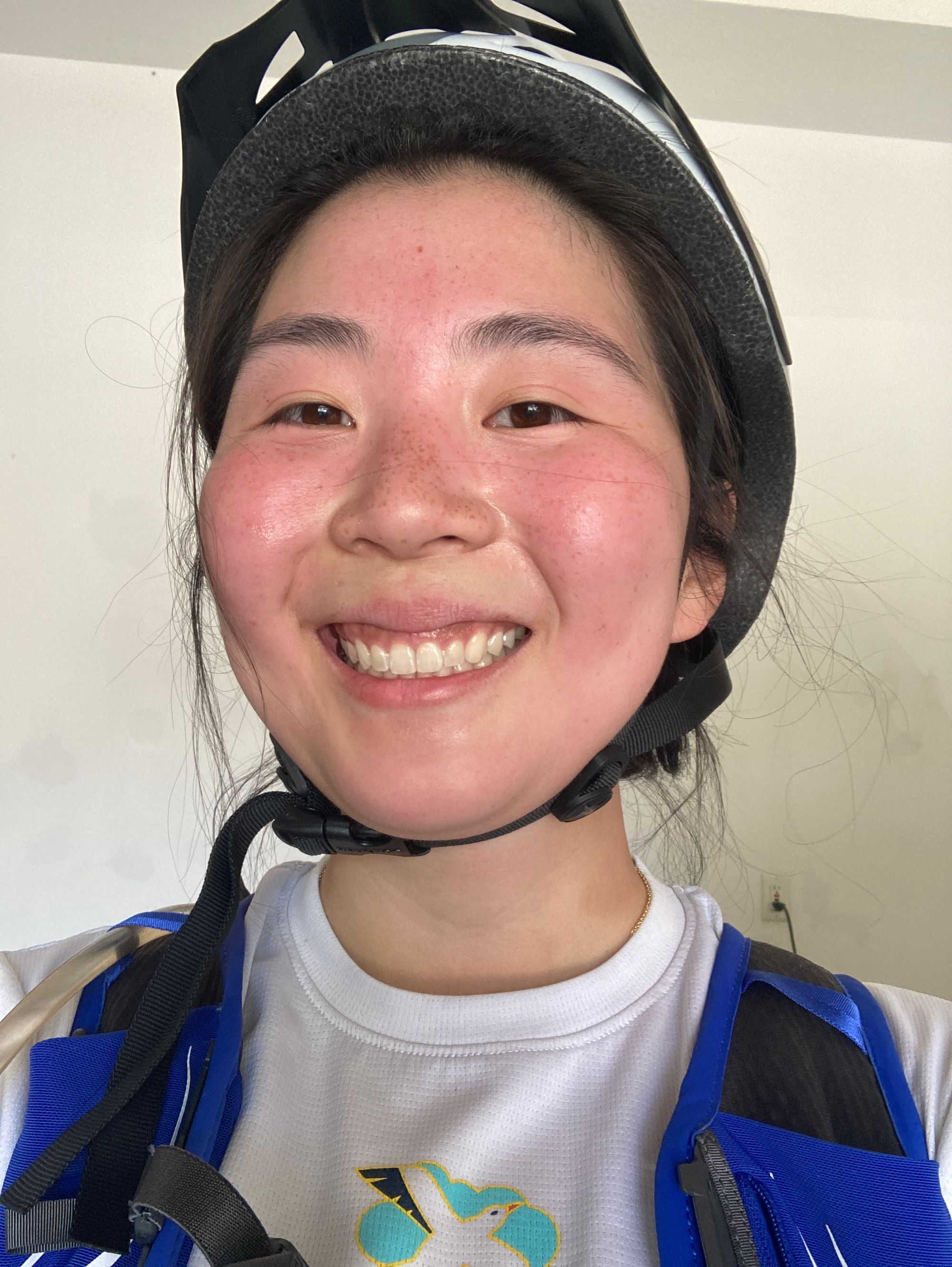Trails across the world
What does Lawrence Kansas have in common with Jeju, South Korea?
What does Lawrence Kansas have in common with Jeju, South Korea?
Lawrence, Kansas and Jeju island on paper have very little in common. One is a land-locked midwestern city. The other is the largest South Korean island just south of the peninsula. But they both came to mind when I was walking the Olle Trail this September.
The Olle Trail is 21 connected trails that circle the island of Jeju. Completed in 2013, the Olle Trail was inspired by founder Myung Sook Suh’s trip hiking Camino de Santiago in Spain. There are various terrains on the trail; you could be walking by the ocean, through streams, across mountains, and sometimes side by side with cars. Sometimes it's only accessible by pedestrians but components were available to bicycles. During my short four day trip to Jeju, I walked Trail 6 which starts by a stream popular for kayaking and ends in the city of Seogwipo-si by the famous Jeongbang Waterfalls. One of the tiny details I loved about the Olle trail was the use of colorful ribbons to mark the trail to avoid marking the landscape in a more permanent way.



So why did I also think of Lawrence on this trail? I visited Lawrence in May, I biked a portion of the Lawrence Loop. Lawrence Loop is a nearly continuous 22 mile urban greenway for pedestrians and cyclists utilizing existing trail ways, creating connective trails, and creating new trails as well. We biked around 18 miles of the loop on a hot May day where temperatures hit 94 degrees. On a thoroughly mapped ARCGIS resource, we can see the Loop has plenty of planned resources such as parking lots, benches, and bathrooms.



Cities of all shapes and sizes benefit from designing pedestrian and cycling infrastructure that can be used recreationally. This type of investment improves health outcomes by not only encouraging more exercise but also protecting pedestrians and cyclists against automobiles.
One key distinction I noticed during my Olle Trail walk was the prioritization of principles when designing a trail. Some of the Olle trail was on pavement and wide enough for differently abled folks to utilize. But a large component of the Olle trail was designed to keep the user close to nature with tight walkways, rocky ledges, and slippery waterways. By contrast, the Lawrence Loop paved the majority of the trail with pavement, making it more accessible but also disturbing the surrounding ecology. How do trail designers prioritize natural preservation but also expand accessibility to this public good?
Zooming out, is there an opportunity to utilize the popularity of recreational trails to support broader initiatives for safer roads for cyclists and pedestrians? It seems so contradictory that both of these trails encourage walking and cycling but ultimately car centric cultures. How can we design future trails for recreation but also for transportation?